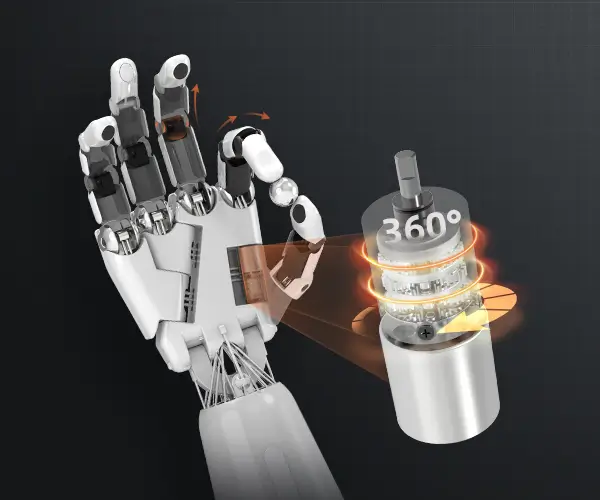Imagine a world where your IoT infrastructure isn’t just functional but smart enough to adapt on its own. That's where IoT edge microservices development steps in—turning complex networks into lean, agile operations. It's not about throwing everything into one big pot. No, it’s more like chopsticks, precise and efficient, handling each task perfectly to keep things smooth.

Say goodbye to the old days of clunky, monolithic systems. IoT edge microservices are tiny, independent modules working in harmony. Think of a smart factory: each device, sensor, or sub-system runs its own little service. These services can be updated, scaled, or replaced without disrupting the entire operation. How? Because they’re loosely coupled but tightly integrated at the edge—closer to the devices that generate data.
One thing that often comes up—how does this actually make things better? Well, imagine a scenario where a sensor detects a malfunction. Instead of sending a flood of data to the cloud before acting, it can trigger an immediate response right at the edge. This reduces latency, improves response times, and saves costs. The microservices architecture is flexible enough to handle evolving needs. Need new analytics or security features? Deploy them without rewriting the whole system.
And let’s talk about real-world benefits. Reliability skyrockets. If a particular microservice faces issues, others keep humming along. This isolated architecture means fewer system-wide breakdowns, just like each car in a convoy being able to steer independently without causing a pile-up. For businesses, that means less downtime and better operational efficiency.
But here’s a question—how do you ensure everything stays secure when services are constantly changing? Great point. DevOps practices, continuous monitoring, and layered security are essential. It’s not just about creating microservices but maintaining them in a landscape that’s constantly shifting. That’s the challenge, but it’s absolutely doable with a solid development strategy.
Think about the integration process—yes, it can seem daunting at first. But with a clear roadmap, it’s more like building a Lego set. Small, manageable pieces snap together, allowing you to innovate quickly while keeping the foundation sturdy. As technology advances, these microservices can evolve seamlessly, accommodating future innovations or deployment environments.
Ultimately, IoT edge microservices development isn’t just a tech upgrade; it’s a mindshift. It's about turning chaos into order, complexity into clarity, all while keeping the system nimble enough for unforeseen challenges. When done right, it’s a game changer—driving digital transformation with precision and confidence.
Established in 2005, Kpower has been dedicated to a professional compact motion unit manufacturer, headquartered in Dongguan, Guangdong Province, China. Leveraging innovations in modular drive technology, Kpower integrates high-performance motors, precision reducers, and multi-protocol control systems to provide efficient and customized smart drive system solutions. Kpower has delivered professional drive system solutions to over 500 enterprise clients globally with products covering various fields such as Smart Home Systems, Automatic Electronics, Robotics, Precision Agriculture, Drones, and Industrial Automation.




































